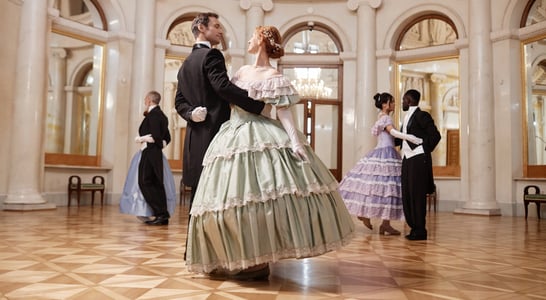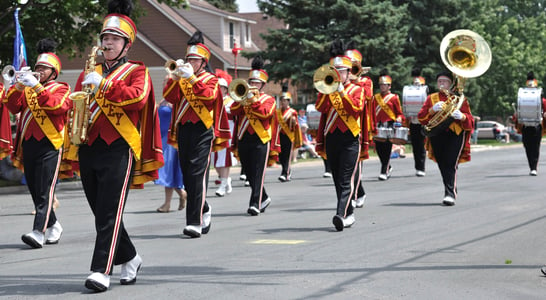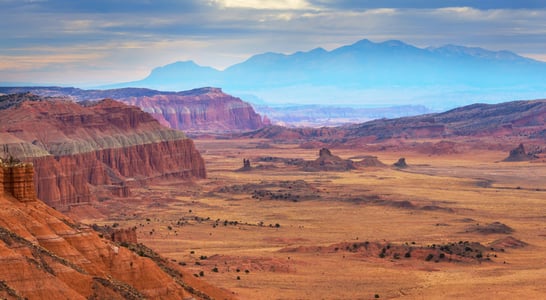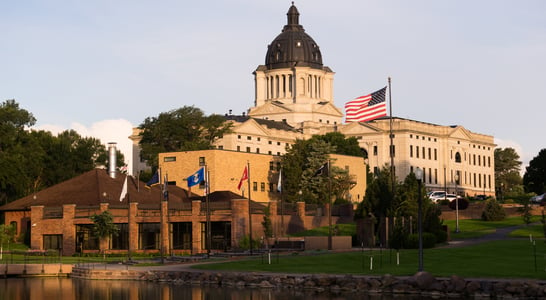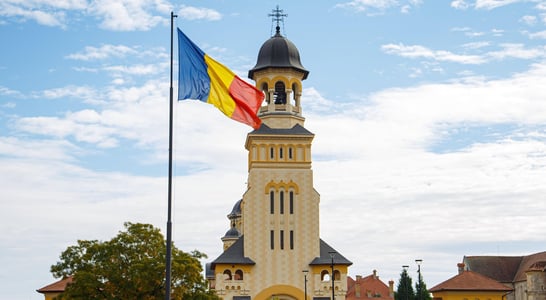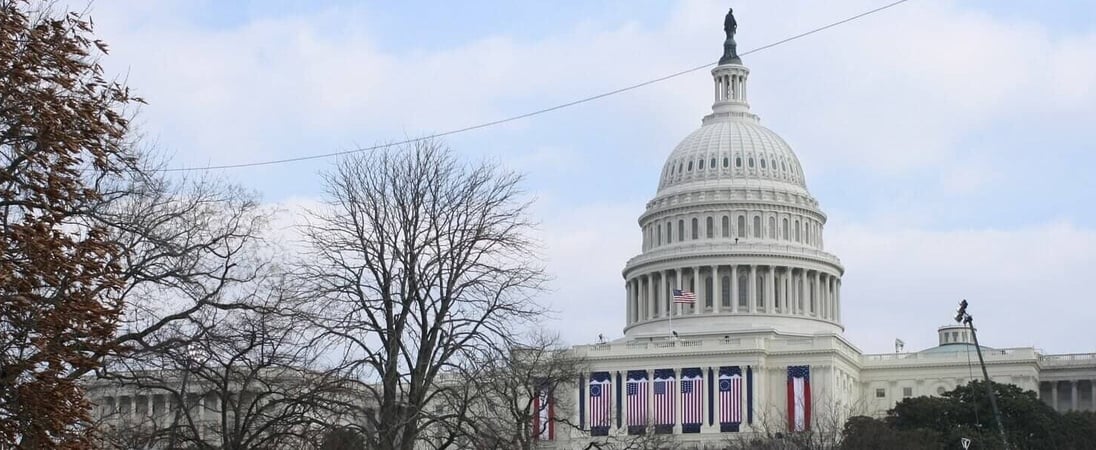
Old Inauguration Day
Old Inauguration Day recalls a time when presidential inaugurations followed a different rhythm. For over 140 years, leaders took office later in the year, creating a lengthy period between the election and the swearing-in ceremony.
This delay gave a new administration time to prepare, but it also meant that the country had to wait months for fresh leadership, even during moments of crisis.
The day embodies the spirit of earlier times when travel was slow and communication relied on letters and newspapers. It stands as a reminder of how far we’ve come in modernizing the transfer of power.
The shift away from this traditional day came with the “Lame Duck Amendment,” which aimed to tighten the gap between election and inauguration. This change shortened the period during which outgoing officials, especially those who had lost reelection, retained authority without accountability to voters.
The old date marked not just the start of a new administration but also the close of a season when uncertainty could linger too long.
Today, Old Inauguration Day remains a historical marker, highlighting how the timing of governance has evolved to meet the needs of a changing nation.
How to Celebrate Old Inauguration Day
Old Inauguration Day offers a quirky glimpse into the past, so why not celebrate it in unique ways? Here are some fun suggestions to help you mark the occasion and bring a bit of history into the present.
Host a Historical Watch Party
Gather some friends and relive the past by watching old inauguration ceremonies. Many past events are available online, showcasing speeches, parades, and the different ways leaders were welcomed into office.
Bring out snacks and drinks, and turn it into a lively discussion about how inaugural traditions have changed.
Visit an Inaugural Landmark
Step into history by visiting one of the sites where early presidents took the oath of office, such as Federal Hall in New York City or Congress Hall in Philadelphia.
Exploring these historic places offers a firsthand look at where the nation’s leaders began their terms. It’s like taking a mini road trip back in time.
Hold a Presidential Trivia Night
Challenge friends and family to a night of presidential trivia, focusing on past inaugurations and the “Old Inauguration Day” tradition.
Create categories like “Memorable Speeches,” “Inaugural Fashion,” or “Who Took the Oath Where?” This playful approach will get everyone learning and laughing along the way.
Recreate a Vintage Menu
Why not celebrate like it’s the 1800s? Research inaugural banquet menus from the 19th century and cook up some dishes that might have been served during early ceremonies.
Think roasted meats, hearty stews, or even a classic punch. Dress in vintage-inspired attire to complete the experience.
Share Historical Facts Online
Get Social! Post intriguing facts about Old Inauguration Day on your favorite platform, or share a little-known story from an old inauguration.
Use hashtags to join the conversation and inspire others to learn about this often-overlooked part of history.
History of Old Inauguration Day
Old Inauguration Day began in the early days of the United States, starting with George Washington’s second swearing-in. Washington took the oath of office on this day in 1793, setting the tradition of inaugurating presidents in March.
Before this, his first ceremony happened in April 1789, as the government took longer to organize. The choice of March 4 became official when Congress specified it as the start of new presidential terms.
Back then, the long gap between the election and the inauguration allowed time for election results to be finalized and for new leaders to travel to the capital.
This made sense in a time when communication was slow, and roads were often rough. For over 140 years, leaders began their terms in early March, with the oath-taking place at noon, no matter the weather.
However, the long wait sometimes caused problems. The country often had to cope with an extended “lame duck” period, when outgoing presidents still held office but lacked full authority.
This was especially difficult during national emergencies or economic troubles. The delay meant new leaders couldn’t act quickly to address urgent issues.
In 1933, the Twentieth Amendment changed things. It moved Inauguration Day to January to shorten the waiting period and speed up the transition of power. This change aimed to reduce the time when a president with less influence remained in office, creating a smoother transfer.
Today, Old Inauguration Day serves as a reminder of a different era. It reflects how the nation once managed leadership changes and adapted as times changed.
See what else is happening…
There’s always more going on every month at Days Of The Year. Here are our favorites this month!
Also on ...
View all holidaysPancake Day
Fluffy, golden discs of happiness that make mornings magical, there's nothing quite like a stack of pancakes to start your day off right.
National Sons Day
They may be mischievous at times, but their infectious laughter and boundless energy make every day an adventure.
Marching Band Day
Groups of musicians, drums thumping and brass blaring, creating an infectious rhythm that lifts spirits and infuses energy into any gathering.
